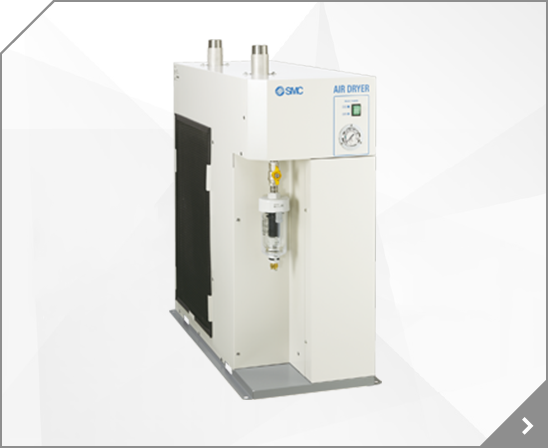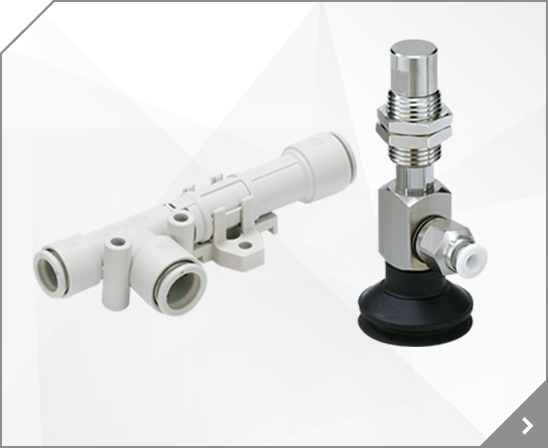
Series RLQ is a compact cylinder with a built-in lock and air cushion. Should the air supply be cut off, the RLQ was designed by SMC to provide the safety of drop prevention at any point of the stroke. Additional features include standardized bypass piping, and a home position holding function. The RLQ is the perfect solution for applications which require larger kinetic energy, high
Series RLQ is a compact cylinder with a built-in lock and air cushion. Should the air supply be cut off, the RLQ was designed by SMC to provide the safety of drop prevention at any point of the stroke. Additional features include standardized bypass piping, and a home position holding function. The RLQ is the perfect solution for applications which require larger kinetic energy, high
Series RLQ is a compact cylinder with a built-in lock and air cushion. Should the air supply be cut off, the RLQ was designed by SMC to provide the safety of drop prevention at any point of the stroke. Additional features include standardized bypass piping, and a home position holding function. The RLQ is the perfect solution for applications which require larger kinetic energy, high
Series RLQ is a compact cylinder with a built-in lock and air cushion. Should the air supply be cut off, the RLQ was designed by SMC to provide the safety of drop prevention at any point of the stroke. Additional features include standardized bypass piping, and a home position holding function. The RLQ is the perfect solution for applications which require larger kinetic energy, high
Series RLQ is a compact cylinder with a built-in lock and air cushion. Should the air supply be cut off, the RLQ was designed by SMC to provide the safety of drop prevention at any point of the stroke. Additional features include standardized bypass piping, and a home position holding function. The RLQ is the perfect solution for applications which require larger kinetic energy, high
The corresponding mass (Me)= , which serves as a criterion for the judgment, becomes larger when the collision speed v becomes slower, and the corresponding mass becomes larger when the same energy is used.
, which serves as a criterion for the judgment, becomes larger when the collision speed v becomes slower, and the corresponding mass becomes larger when the same energy is used.
The corresponding mass is also called the corresponding mass of the impacting object.
① (Unit of collision speed v: m/s)











 2 Shock Absorber Series RB Specifications Model RB0805 RB0806 RB1006 RB1007 RB1411 RB1412 RB2015 RB2725 Basic type
2 Shock Absorber Series RB Specifications Model RB0805 RB0806 RB1006 RB1007 RB1411 RB1412 RB2015 RB2725 Basic type